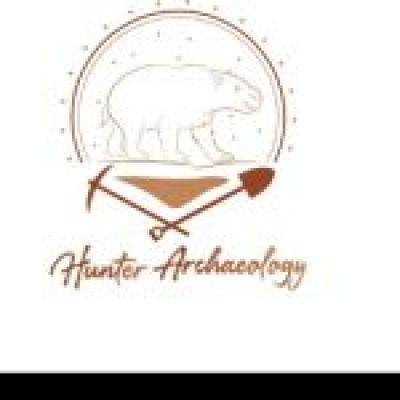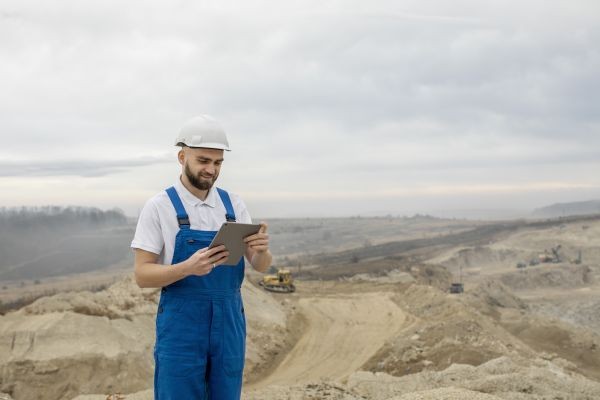When it comes to ethical land development, one key step often overlooked is researching the land's historical and cultural significance before commencing work. This is where the knowledge of an archaeological consultant comes into play. From residential extensions to infrastructure development and commercial construction, developers and councils rely on experts to ensure that their projects don't inadvertently harm cultural heritage. You are looking to understand what an archaeological consultant on the Central Coast or otherwise does. Let's explore the whole process—from site surveying in the beginning to reporting at the end.
The Purpose of Archaeological Consulting
Archaeological consultants serve as a buffer between development activities and the preservation of culture. Their mandate is to conduct research and determine whether there are any Aboriginal or historical heritage sites on or adjacent to a planned development area. They assist developers in fulfilling their statutory obligations under heritage legislation and make every effort to minimize the impact on any archaeological resources encountered. By undertaking systematic appraisals, consultants guarantee that important artefacts, features, or burial sites are preserved, documented, or excavated in controlled environments.
Phase 1: Desktop Study and Background Research
A comprehensive desktop study initiates all archaeological evaluations. This entails examining current records, historical databases, historical maps, land-use history, and past reports related to the site. Consultants search for listed heritage sites, areas of archaeological sensitivity, or red flags that could necessitate further in-depth investigations. The desktop study provides a basis for any physical site work, allowing consultants to anticipate what can be discovered through field surveys.
Phase 2: Field Survey and Site Inspection
After initial research is finished, consultants conduct field surveys to evaluate the physical terrain. This can include walking across the land, excavating small test pits, or employing geophysical equipment to search beneath the surface. The aim is to look for any evidence of previous human presence—such as stone tools, shell middens, building remains, or artefact scatters.
Where there is likely to be Aboriginal cultural heritage, consultants can work in consultation with Aboriginal stakeholders to achieve a respectful and accurate interpretation of results. Throughout this stage, consultants determine the value of any finds. They take into account such factors as age, rarity, condition, and cultural or scientific significance.
Phase 3: Impact Analysis and Recommendations
Once field information has been collected, the consultant must then evaluate how the development would impact any existing heritage significance on the site. This is where the consultant provides valuable advice on what they think should be done next.
Based on what was discovered, they can suggest:
• Continuing with the development as is
• Adjusting the layout of the development so as not to encroach on heritage areas
• Carrying out more archaeological excavations
• Applying for disturbance permits under relevant heritage legislation
These suggestions reconcile development requirements with the need to preserve heritage.
Phase 4: Reporting and Documentation
The consultant's recommendations and findings are subsequently integrated into a professional heritage assessment report. This report will generally comprise:
• Summary of research and site observations
• Maps, photographs, and site plans
• Artefact or feature description
• Cultural significance assessment
• Legal background and compliance obligations
• Clear management or mitigation recommendations
This report is a primary document in the development approval process. It's provided to planning authorities with relevance and may be assessed by heritage councils or Aboriginal heritage organizations.
Stakeholder Engagement
Throughout, the archaeological consultants interact with various stakeholders. They can include:
• Developers and building contractors
• Local authorities and planning authorities
• Aboriginal communities or Registered Aboriginal Parties (RAPs)
• Government regulators and heritage officers
Effective communication and consultation are essential for maintaining transparency, cultural sensitivity, and ensuring project compliance with legal standards.
Why This Work Matters
Archaeological consulting plays a vital role in striking a balance between contemporary development and the protection of irreplaceable cultural heritage. The understanding developed from a limited survey can unveil forgotten histories, evidence early occupation, or be of broader archaeological significance.
By seeking professional advice at the outset of the planning stages, developers can minimize the risk of delays, legal infringements, or unforeseen harm to sensitive locations. It's a forward-thinking move that protects against offenses and shows social responsibility.
For anyone intending to undertake construction in locations with recorded heritage potential, a comprehensive heritage impact assessment in Mid-Coast NSW or any other area can be a determining factor in proceeding with confidence and caution.


